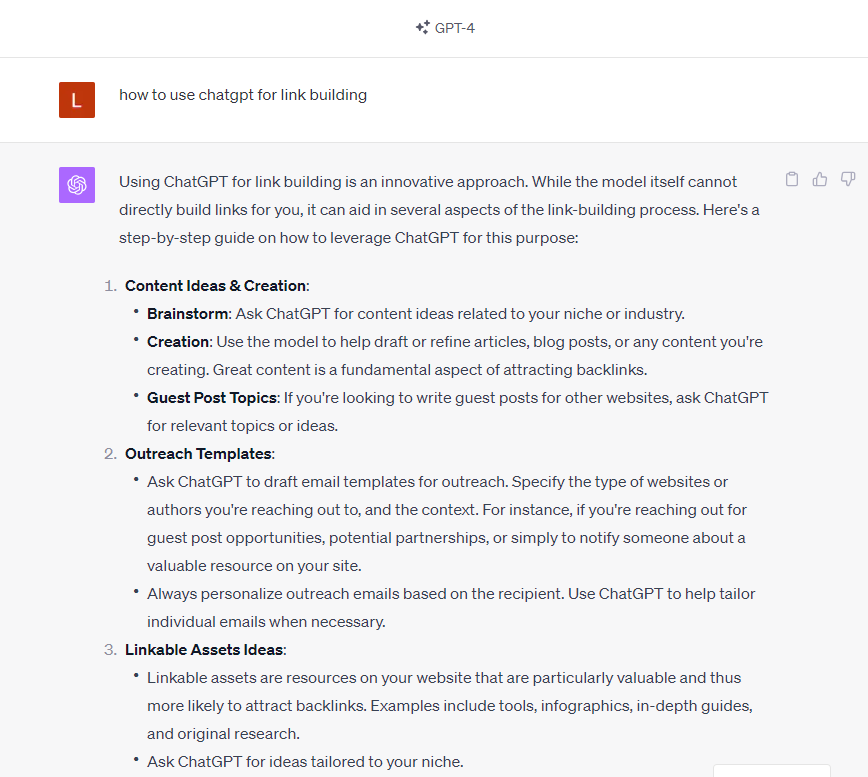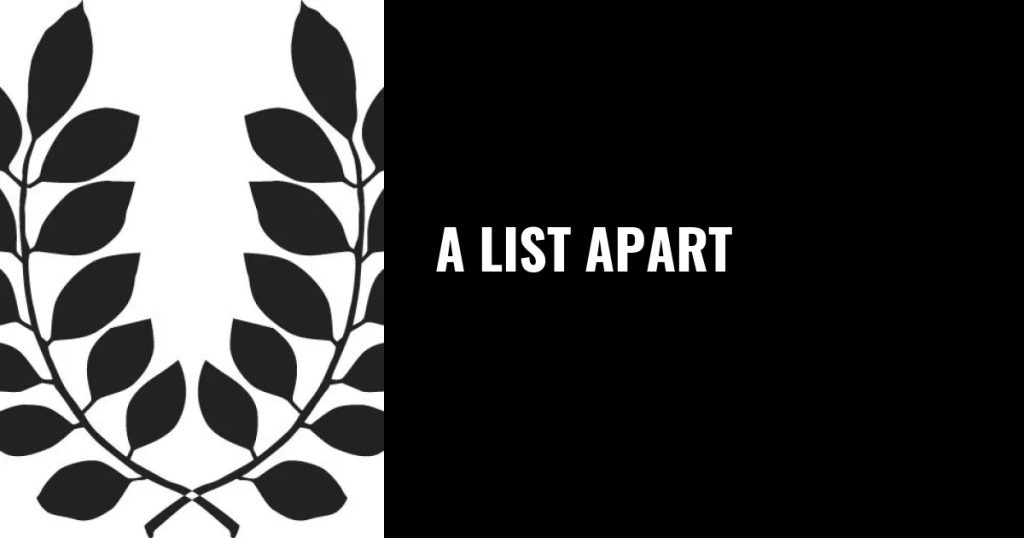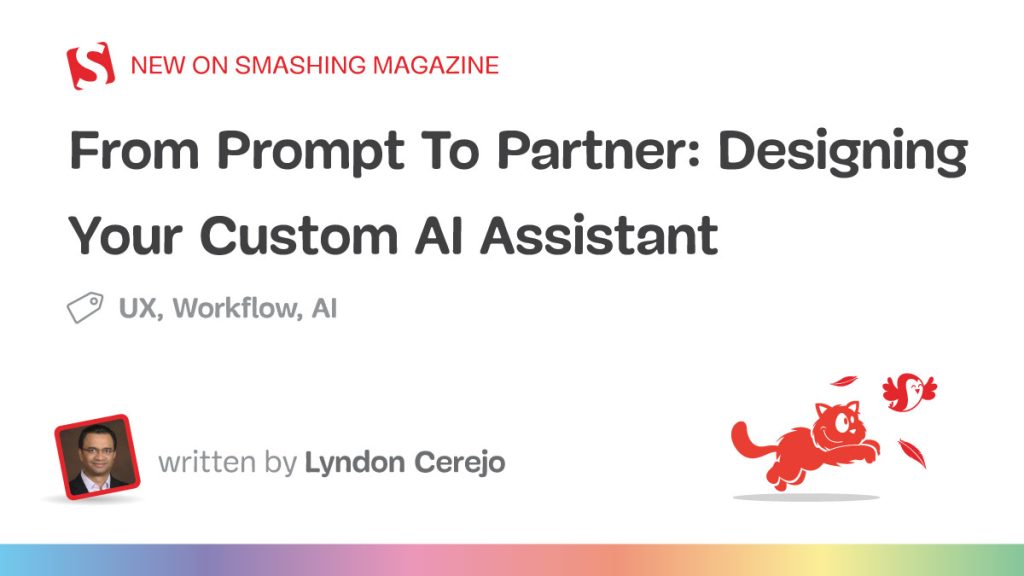Innovative design plays an essential role in releasing creativity during product development. It transforms abstract ideas into tangible solutions that resonate with consumers. By employing techniques like brainstorming and mind mapping, teams can enhance their creative processes. Collaborative efforts bring together diverse perspectives, fostering groundbreaking solutions. Prototyping bridges conceptualization with reality, allowing for iterative improvements. Understanding market risks and consumer needs further solidifies the design strategy. Discover how these elements work together to elevate design effectiveness (see website).
Key Takeaways
- Engage in brainstorming sessions to cultivate a wide range of creative ideas collaboratively.
- Utilize mind mapping to visually organize thoughts and enhance idea generation.
- Experiment with prototyping to transform abstract concepts into tangible products for testing.
- Embrace environmental changes to stimulate fresh perspectives and inspire innovative thinking.
- Collaborate with diverse teams to leverage varied skills and foster breakthrough solutions.
The Importance of Design in Product Development
While product development encompasses various stages, the significance of design cannot be overstated. Design serves as the foundation for transforming ideas into tangible products, guiding functionality, aesthetics, and user experience.
An effective design process facilitates collaboration among teams, enabling the identification of market risks early on. By prioritizing design, companies can create prototypes that resonate with consumers, ensuring that products meet market demands.
Additionally, incorporating user feedback during the design phase enhances the final product’s appeal. Ultimately, strong design not only differentiates a product but also lays the groundwork for successful commercialization, making it an essential element in product development.
Techniques to Enhance Your Creative Process
Creativity can often be a fluid and unpredictable force, but certain techniques can help streamline and enhance the creative process. Employing methods such as brainstorming, mind mapping, and setting time constraints can foster innovation. Additionally, creating a conducive environment and incorporating regular breaks can rejuvenate the mind.
Collaborating for Innovative Solutions
Collaboration plays a pivotal role in fostering innovative solutions, particularly when individuals with diverse skills and perspectives come together. By pooling their talents, teams can tackle complex problems with creativity and efficiency.
This synergy often leads to breakthroughs that would be unattainable in isolation. Diverse viewpoints challenge assumptions and inspire out-of-the-box thinking, enhancing the overall design process.
Additionally, collaboration cultivates an environment of trust and open communication, allowing for constructive feedback and refinement of ideas.
Ultimately, through effective teamwork, innovative solutions emerge, driving progress and transforming concepts into tangible products that meet market needs.
The Role of Prototyping in Bringing Ideas to Life
Prototyping serves as an essential bridge between abstract ideas and tangible products, enabling inventors to visualize and test their concepts. This iterative process allows for refinement and improvement, ensuring that the final product aligns with initial visions. By experimenting with materials and designs, inventors can address potential issues early on.
| Stage | Purpose |
|—————-|————————–|
| Conceptualization | Define the idea |
| Design | Create initial models |
| Testing | Evaluate functionality |
| Refinement | Finalize design changes |
Through these stages, prototyping fosters innovation and enhances the overall creative process.
Navigating Market Risks Through Effective Design
Steering through market risks is a critical aspect of the design process that follows the initial stages of prototyping. Effective design strategies allow teams to identify potential challenges early, facilitating proactive adjustments.
By integrating market research into the design phase, innovators can better understand consumer needs and preferences, minimizing the risk of failure. Collaboration between designers and market analysts guarantees that products align with industry trends and demands.
Additionally, seeking guidance on patent protection can safeguard innovations, further reducing risks. Ultimately, a well-considered design approach not only enhances creativity but also strengthens resilience against market uncertainties.
FAQ
How Can I Protect My Design Ideas Legally?
To protect design ideas legally, one should consider applying for a patent, which offers exclusive rights to the invention.
Engaging with experts can provide guidance through the patent application process, including necessary searches and understanding procedures.
Additionally, seeking advice on trademark registration can safeguard brand identity.
Consulting with intellectual property professionals enhances the likelihood of effectively managing risks and securing legal protections, ensuring the design remains safeguarded in the marketplace.
What Are Common Mistakes in the Design Process?
Ironically, many designers believe that creativity alone suffices in the design process.
Common mistakes include neglecting thorough market research, overlooking user feedback, and failing to prototype effectively. Designers often rush to finalize their ideas without considering potential pitfalls or iterating based on insights.
Additionally, inadequate communication with team members can lead to misalignment, ultimately hindering the project’s success. A balanced approach that incorporates feedback and testing is essential for effective design outcomes.
How Do I Choose the Right Design Tools?
Choosing the right design tools requires careful consideration of specific project needs and personal preferences. One must evaluate the features of various tools, including usability, compatibility, and cost.
Researching user reviews and seeking recommendations from experienced designers can provide valuable insights. Additionally, experimenting with free trials can help determine which tools align best with one’s workflow and enhance productivity.
Ultimately, selecting the right tools can greatly influence the quality and efficiency of the design process.
Can I Patent a Design Concept?
Many may believe that patenting a design concept is a challenging process, but it can be navigated with the right guidance.
It is indeed possible to patent a design concept, provided it meets specific criteria of originality and utility.
Inventors should seek assistance in understanding the patent application process, including conducting patent searches.
What Are the Costs Associated With Product Design?
The costs associated with product design can vary markedly based on several factors. These include the complexity of the design, materials used, and the scope of prototyping needed.
Typically, expenses may encompass design software, professional fees for designers, prototype development, and potential patent application costs. Additionally, market research and testing can contribute to the overall budget.
Consequently, careful planning and budgeting are crucial to guarantee a successful product design process.
Conclusion
In the ever-evolving landscape of product development, the journey from concept to launch is fraught with challenges and uncertainties. Yet, as inventors and entrepreneurs embrace innovative design, they stand on the precipice of transformation, ready to release their creativity. Will their visions become market successes, or will they fade into obscurity? With the right strategies and collaboration, the answer lies just beyond the horizon, waiting to be discovered in the vibrant world of invention.




